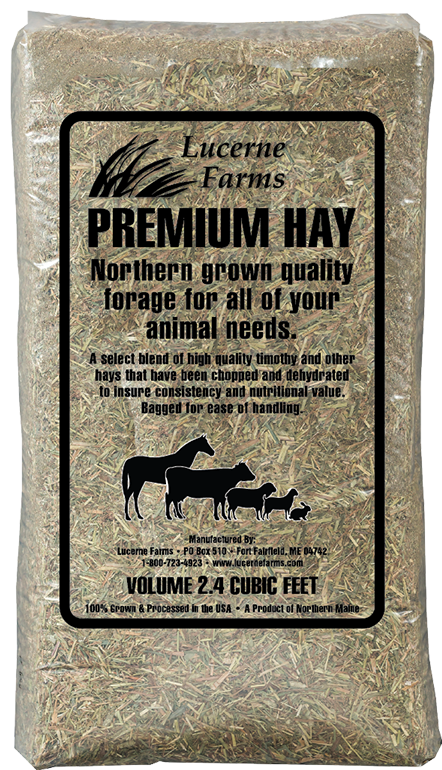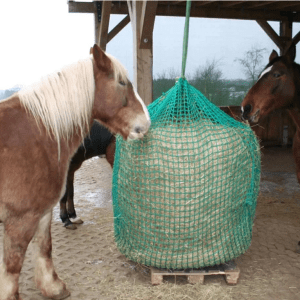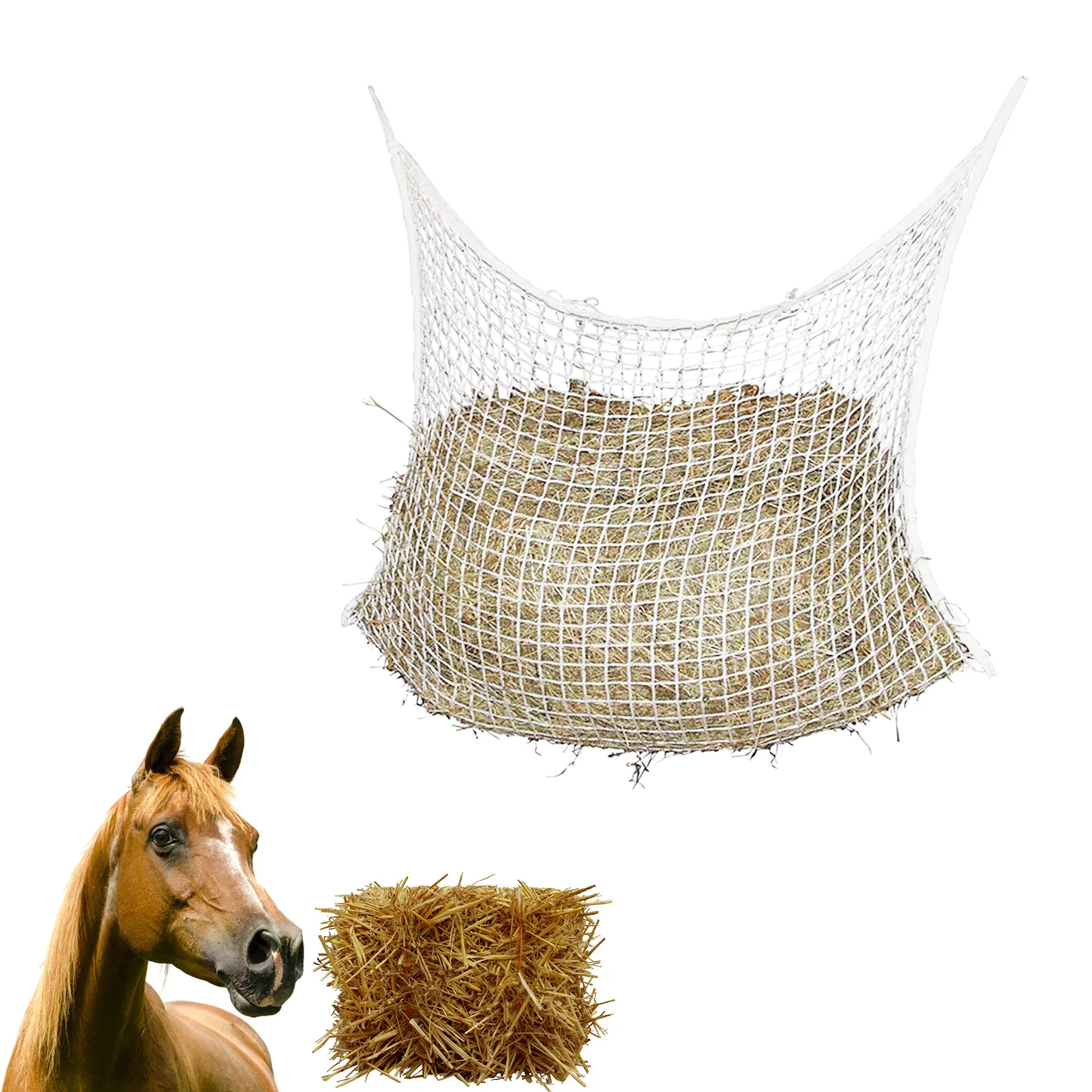Hay Alternatives for Your Horse During Shortages

When hay supplies are limited, finding suitable alternatives is crucial to maintain your horse’s health and nutrition. This article explores various hay substitutes, their benefits, and considerations to help you make informed decisions during shortages.
Why Consider Hay Alternatives?

Hay is a primary source of fiber and nutrients for horses, but shortages can occur due to weather, supply chain issues, or increased demand. Alternatives ensure your horse continues to receive adequate roughage and energy.
Common Hay Alternatives
| Alternative | Description | Nutritional Benefits | Considerations |
|---|---|---|---|
| Straw | Dry stalks of cereal plants like wheat or barley | Low in nutrients, mainly fiber | Should be fed sparingly; not a complete feed |
| Beet Pulp | Byproduct of sugar beet processing | High in digestible fiber and energy | Must be soaked before feeding; monitor for sugar content |
| Alfalfa Pellets | Compressed alfalfa hay | High protein and calcium | Can be rich; balance with other feeds |
| Hay Cubes | Compressed hay in cube form | Similar to hay but denser | Ensure proper hydration when feeding |
| Silage | Fermented forage | High moisture content, good fiber | Requires careful storage to prevent spoilage |
Nutritional Considerations
- Fiber: Essential for gut health; alternatives should provide adequate fiber.
- Protein: Some alternatives like alfalfa pellets offer higher protein.
- Energy: Beet pulp provides digestible energy.
- Calcium and Minerals: Balance is key to avoid deficiencies or excesses.
Feeding Tips During Shortages
- Introduce new feeds gradually to prevent digestive upset.
- Monitor your horse’s weight and condition regularly.
- Provide plenty of fresh water, especially when feeding dry alternatives.
- Consult with a veterinarian or equine nutritionist for tailored advice.
Frequently Asked Questions (FAQ)
Q1: Can I feed straw as a main forage source?
A1: Straw is low in nutrients and should not replace hay entirely but can be used as a filler.
Q2: How do I prepare beet pulp for feeding?
A2: Soak beet pulp in water for at least 30 minutes to prevent choking and aid digestion.
Q3: Are hay cubes as good as regular hay?
A3: Hay cubes are nutritionally similar but denser; ensure your horse drinks enough water.
Q4: What are the risks of feeding silage?
A4: Silage can spoil if not stored properly, leading to mold and toxins harmful to horses.
Conclusion
During hay shortages, exploring alternatives like beet pulp, alfalfa pellets, and hay cubes can help maintain your horse’s diet. Always prioritize gradual introduction and nutritional balance to keep your horse healthy and happy.
Would you like me to enhance the article with more detailed feeding schedules, or perhaps include specific case studies on hay alternatives?
Follow-up tasks:
- Add detailed feeding schedules
- Include case studies on alternatives
- Expand FAQ section
